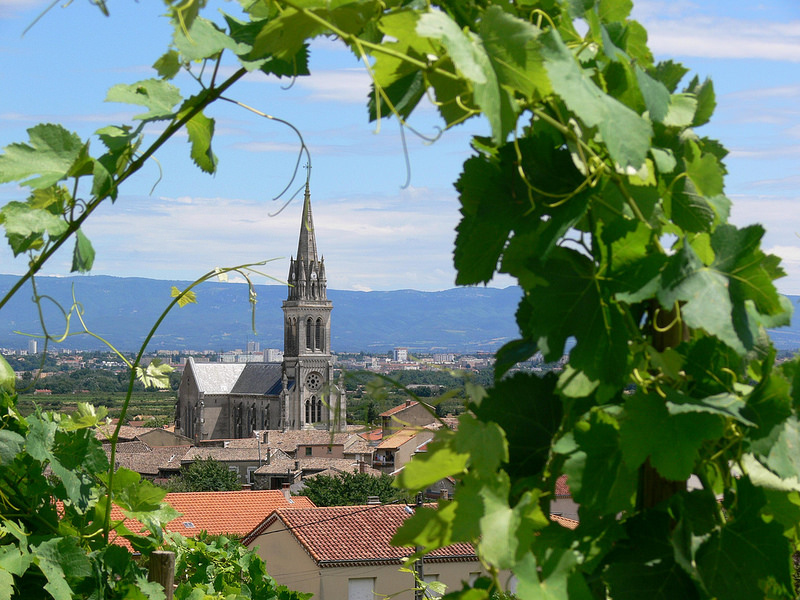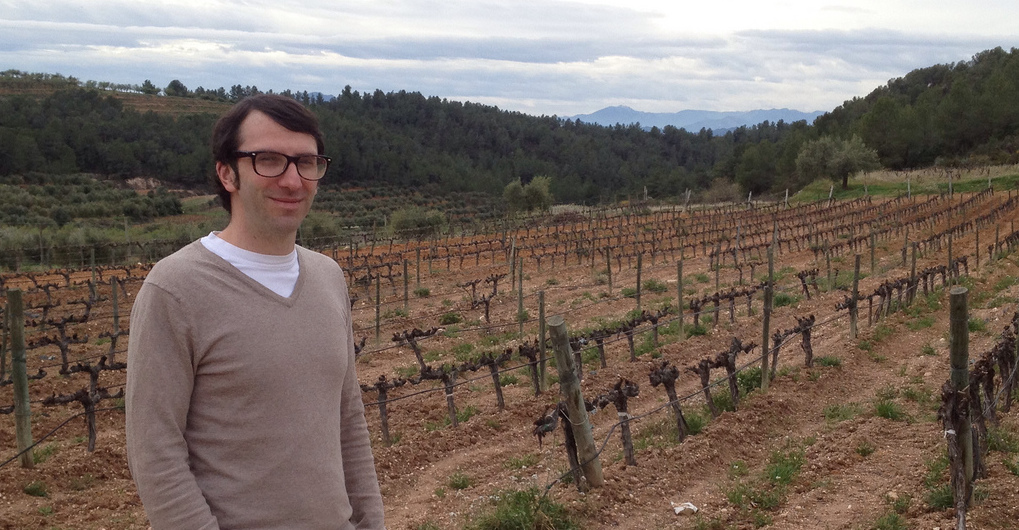
A very random e-mail led me to discover the story of Mark Haisma, an Australian who worked at Yarra Valley's famed winery, Yarra Yering, but is now making wines in both Burgundy and the Northern Rhone. Regarding his French wines, Jancis Robinson enthused, "He seems to have struck gold." I reached out to Haisma and he was kind enough to help me get to know him better as a winemaker. My questions and his answers follow.
How did your time at Yarra Yering inform your winemaking in Burgundy and the Rhone?
"Working at Yarra Yering and now in Burgundy...[it's] two completely different places. Especially for Pinot Noir. In Australia I was always fighting to keep acidity/freshness/brightness and not let the balance fall to the sweet hot flavours. Here in Burgundy we need to make sure that we get the ripeness and not just the acidity. The main thing I took from Yarra Yering was staying in the vineyard as much as possible, always tasting the fruit, knowing your fruit. It is the most important part about winemaking."
Does your approach differ when working in Burgundy versus the Northern Rhone?
"I tend to make my Rhones like I make my Pinot, I am looking to express the fruit as best as I can. I don't want to get complicated with the making of the wine, as less variables the better as far as I am concerned. My approach is to be fairly clean and not get involved in funky flavours. The main difference, as it was in Oz, is that with Syrah you have the potential to make a stronger firmer wine, [with] Pinot you are going to look more for the finesse and elegance. However the making can be quite similar. For me it comes down to how much whole bunch I would use, I like a lot in Syrah but i am careful with its use in Pinot. I still use it in Pinot but it has to be bloody good material. The vintage has to be much better in Burgundy to use a lot of whole bunch. Generally in the Rhone I will go from 50 to 100% whole bunch. In Burgundy it's never 100% except for the exceptional years and parcels. Mouldy stalks is a major problem for the use of whole bunch."










